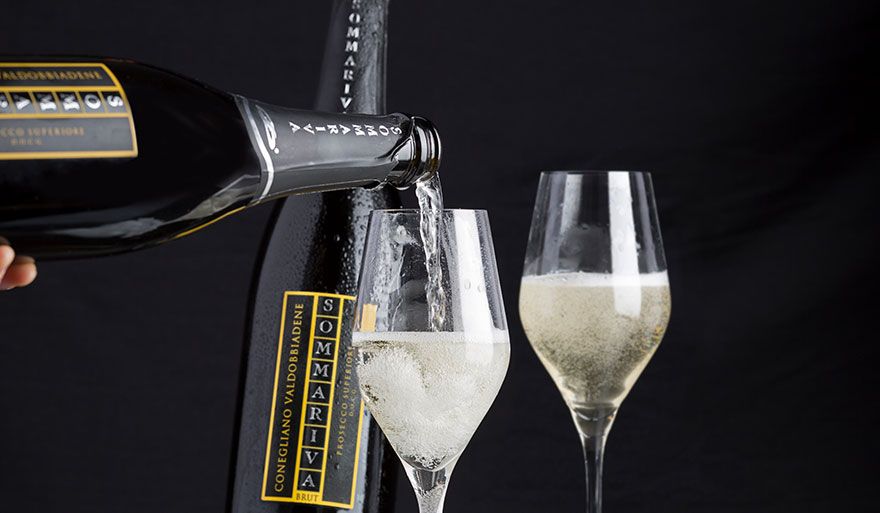From the image to the taste, how bubbles affect sparkling wine tasting
- font size decrease font size increase font size
From the attraction of the image to the perception of taste, the bubbles influence the tasting of sparkling wine by conveying the aromas in the nose and mouth.
We have already spoken about how in the first instance the birth of a bubble attracts our gaze. Now we can talk about the senses, those of smell and taste.
It is well to know that moving bubbles generate flows inside the wine. Due to their spherical shape and the density of the sparkling wine, the bubbles in their lower part create a kind of low pressure zone that attracts part of the nearby liquid, transporting it to the surface and generating upward and swirling movements inside of the glass. This creates a movement of the wine and the molecules present in it – the same molecules that reach our senses during tasting.
AROMA THAT RISES UP
The aroma that rises and that we sense during the olfactory phase of our tasting is the result of the rising stream of bubbles increasing in size and speed by incorporating aromatic, volatile molecules such as terpenes, alcohols, organic acids and aldehydes. Once on the surface the bubbles partially emerge, a bit like icebergs. As the wine hits the glass and meets the rising bubbles, due to the effect of vibrations and temperature, they explode forming tiny jets that sends droplets upwards reaching a few centimetres in height thus meeting our olfactory senses. The carbon dioxide released from the fragile envelope of a bubble releases aromatic molecules more concentrated than those dissolved in the sparkling wine thereby influencing our tasting by increasing the perception of the aroma of the wine.
Furthermore, when the bubbles meet our mouth, they stimulate the taste receptors with the first effect tactile and prickly, then gustatory, reinforcing the balance of flavours and heightening the sense of freshness.
TEMPERATURE, GLASS AND POURING
The temperature, the shape of the glass and the pouring of the sparkling wine affect the fineness and the quantity of bubbles that form in the glass.
The temperature of the sparkling wine poured into the glass and the ambient temperature influence the dynamics of the flows created by the bubbles and therefore on the circulation of the wine in the glass. The same importance must be given to the shape of the glass. In a tall glass, the bubbles make a longer journey, move more wine and grow faster than a wide shallow bowl, for example. Being the longest route, the bubbles manage to accumulate the right energy to reach the surface and explode in the tiny droplets that reach the nose. In a wide bowl of a glass, however, the path is shorter and only half of the surface of the wine is affected by the flows generated by the bubbles. This risks not having enough energy when they reach the surface and explode.
Finally, it must be considered that the carbon dioxide content dissolved in the bottle is not as important as the content in the glass for the tasting of sparkling wine, therefore the pouring of the wine also plays an important role. If we pour it vertically from above, the gas will evaporate with more speed. We may therefore have finer bubbles but in a smaller quantity, or even none at all if too much carbon dioxide is dispersed. Therefore, it is better always to pour our sparkling wine while tilting the glass.
Refined, subtle, lively, intense, sparkling, fulminating, chatty, brilliant, carefree, mischievous, radiant, resplendent, refreshing... the effervescence becomes a joyful metaphor for life. The bubbles inspire vitality, vivacity, joy, gaiety... Pouring a Prosecco Superiore becomes a stifled whistle, a small joyful waterfall, an abundance of life ready to explode, a rapid heartbeat, an explosion of joy and freedom.

